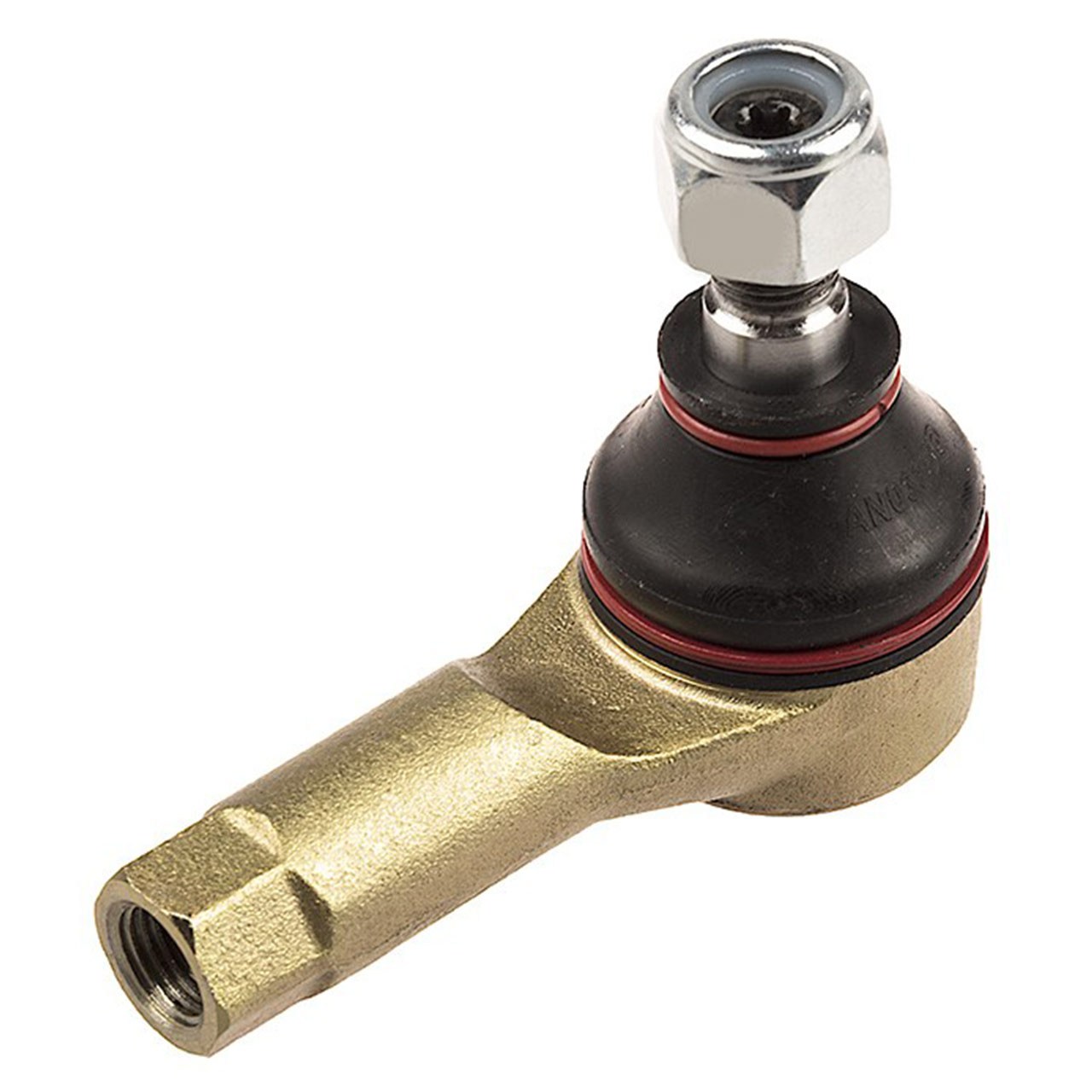Ball joints are automotive parts that play a crucial role in driving a vehicle. These components are typically used in the steering and suspension systems of vehicles, and their primary function is to allow rotational and pivoting movement when needed. The steering system connects the steering wheel to the wheels, while the suspension system’s task is to ensure that the vehicle can move smoothly over rough surfaces. In this guide, we’ll provide a detailed introduction to this component, examine the signs of ball joint failure, and explain the importance of this crucial part in a vehicle.
What is a Ball Joint in a Car?
A ball joint is a spherical metal piece attached to an arm. This spherical component moves within a steel casing surrounded by rubber. This rotational movement allows the component to connect to the ball joint arm, enabling it to move both sides up and down simultaneously. Therefore, these parts play an important role in both driving and the vehicle’s suspension system.
When you turn the steering wheel in one direction, the steering system turns the wheels and causes the ball joint to move upward, facilitating the vehicle’s movement over bumps and uneven surfaces by providing the necessary flexibility. Any defect in this part directly affects the vehicle’s suspension and steering system.
Causes of Failure
The ball joint is a critical part of the car, and although it is often exposed to various types of damage, it does not fail easily. However, for various reasons, this component may experience different problems. Below are some signs of ball joint failure, and if you notice any of these symptoms, you should inspect the health of this part.
- Vibration in the steering wheel while turning or moving
- The steering wheel pulling to one side
- The steering wheel not returning to its original position after turning
- Hearing a dull sound
- Reduced responsiveness of the steering system
- Difficulty keeping the vehicle in a straight line, leading to drifting while driving
- Uneven wear on the front tires
Typically, high-speed impacts, strong steering, falls, corrosion, rust, wear, and leakage are some factors that can lead to ball joint failure, requiring the driver to replace this component. A failing ball joint can cause steering misalignment and unwanted movements, leading to significant issues with the vehicle’s steering system. As a result, it is recommended to consider repairing this part before it causes major problems with your vehicle.



 فارسی
فارسی